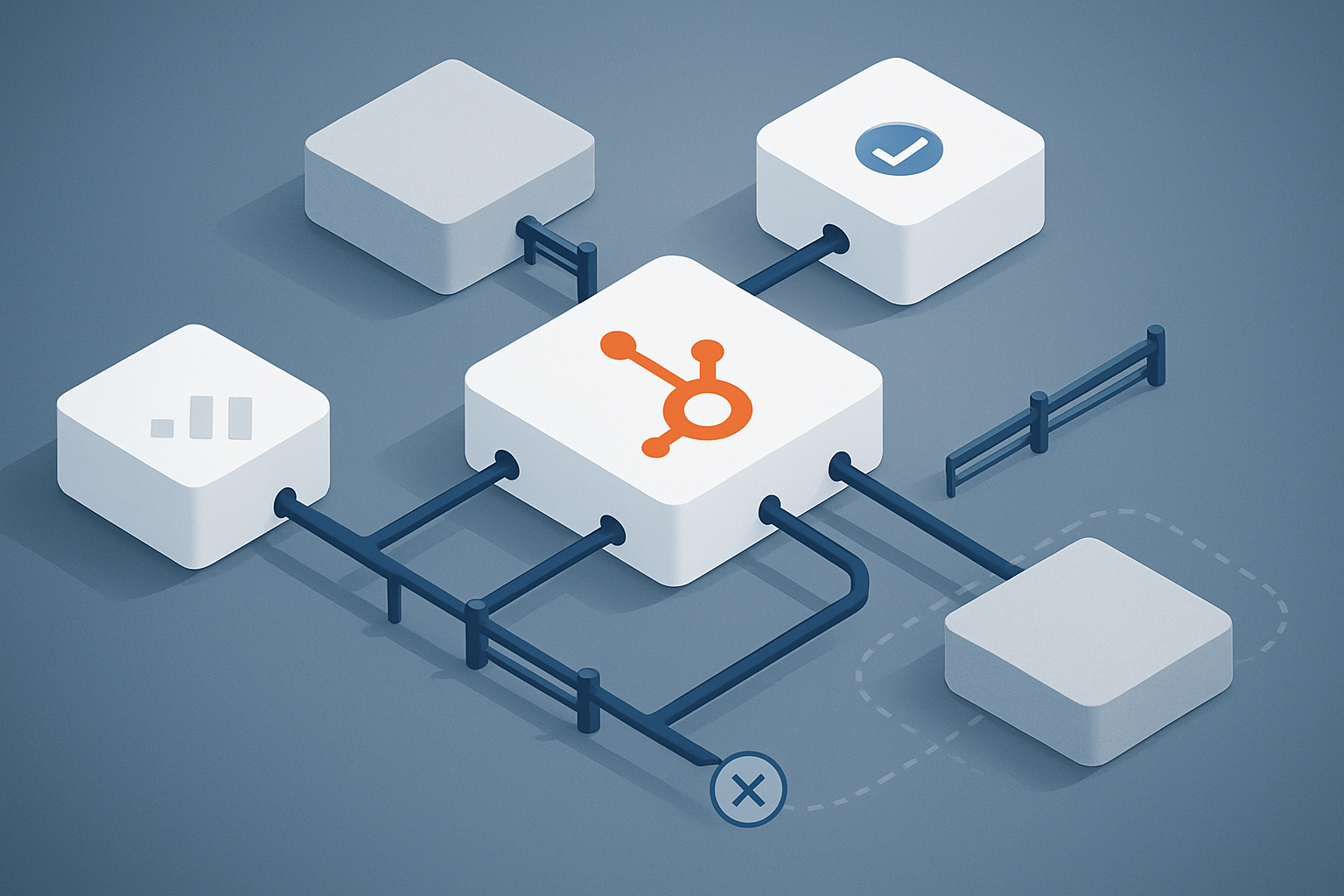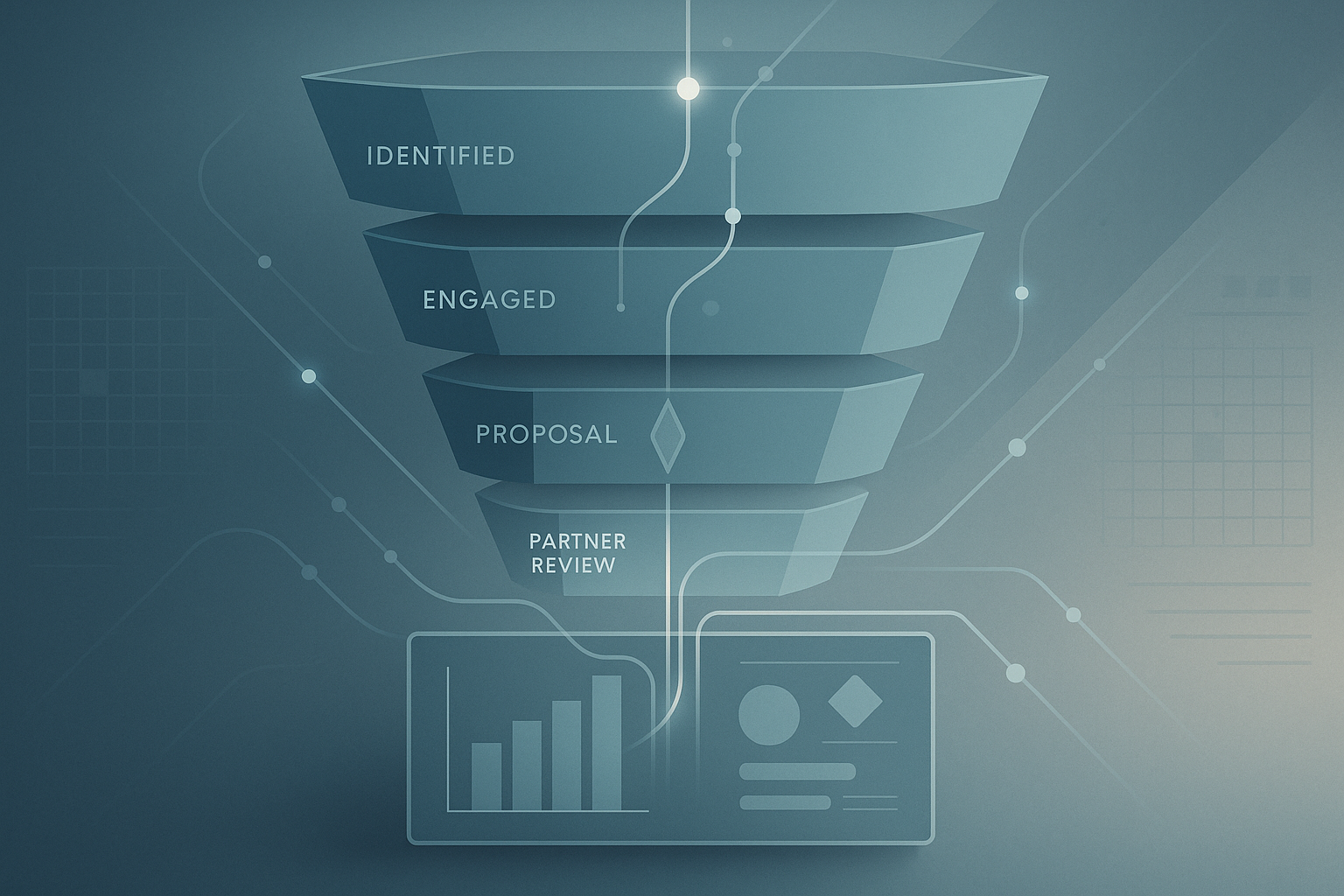Core Web Vitals: Google’s 2021 Update
Digital Marketing
Customer Experience
Website Development

One thing about Google: It never stays the same for long.
In it’s June 2021 algorithm update, Google included core web vitals as a key ranking factor.
What are core web vitals? And how do I know what I need to do?
In this post, we’re going to break down exactly this and help you stay up-to-date with your website’s SEO.
What are Core Web Vitals?
Core web vitals are a set of factors Google uses to measure a web page’s experience. They are broken down into 3 categories:
- Largest Contentful Paint (how fast the page loads)
- First Input Delay (how long until the users can interact with the page)
- Cumulative Layout Shift (how much the page jumps around)
Each of these play a role in how your website is perceived by visitors - generally the more you improve these metrics, the more user-friendly your website is when loading.
How to find your Core Web Vital ratings
There are two places Google displays your core web vitals information:
- Search Console - Head over to search.google.com and add your website and sitemap if you haven’t already. Once the data has been populated, you can navigate to ‘Core web vitals’ under ‘Experience’ in the left-hand pane. Here, you can see which URLs need improvement and which pass Google’s tests on both mobile and desktop.
- PageSpeed Insights - If you don’t have the data in search console yet, you can head over to PageSpeed Insights, add your website address and read the reports. These insights can not only give you your core web vitals scores, but also how to fix them with Google’s Opportunities and Diagnostics reports.
How to improve core web vitals
You will most likely need to work with a developer for these, but the work will be worth it from an SEO and conversion rate optimisation perspective:
- Improve your website’s loading speed - Depending on what CMS your website is built on, this can be a different process. For example, if your website is built on HubSpot, there are a lot of tools built into the HubSpot CMS that will allow you to improve the load speed such as lazy loading and caching. If you’re on WordPress, this guide is a great one to follow.
- Upgrade your hosting - This is one of the easiest and most effective steps you can take. There are a number of good choices out there, so be sure to hunt around for the best hosting for your CMS (this guide for WordPress is a great place to start).
- Remove bloat - A lot of websites suffer from unused code that slows down load times significantly (especially on mobile). Use PageSpeed Insights to see what unused code it flags and try to remove as much of it as you can.
- Remove elements that will cause your page to jump around - Banners, pop-ups, slide-ins, if your website has a poor cumulative layout shift score in pagespeed insights, you should remove any of these that cause the page to jump around during loading.
Conclusion
Core web vitals are an important set of metrics to get right. Spend the time getting your site up to Google’s standards now, your visitors will thank you for it.
Which core web vitals does your site need to improve? Let us know in the comments below.


